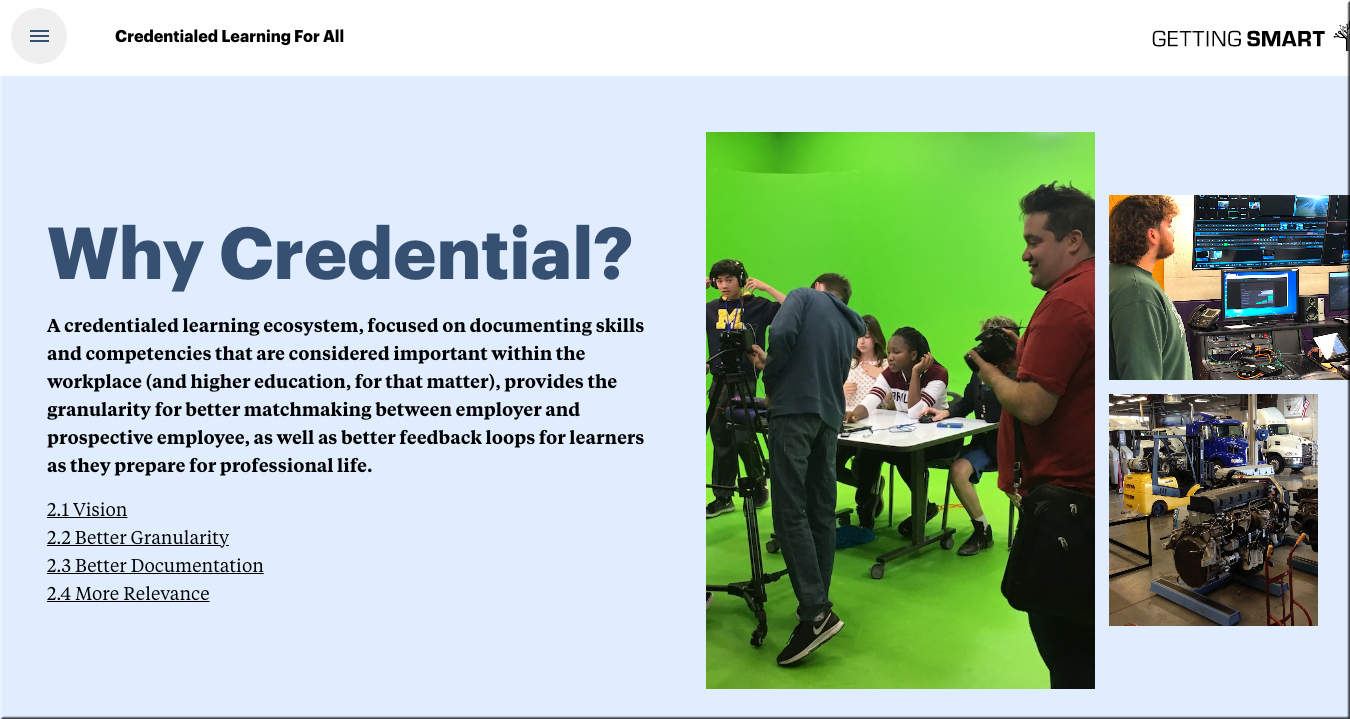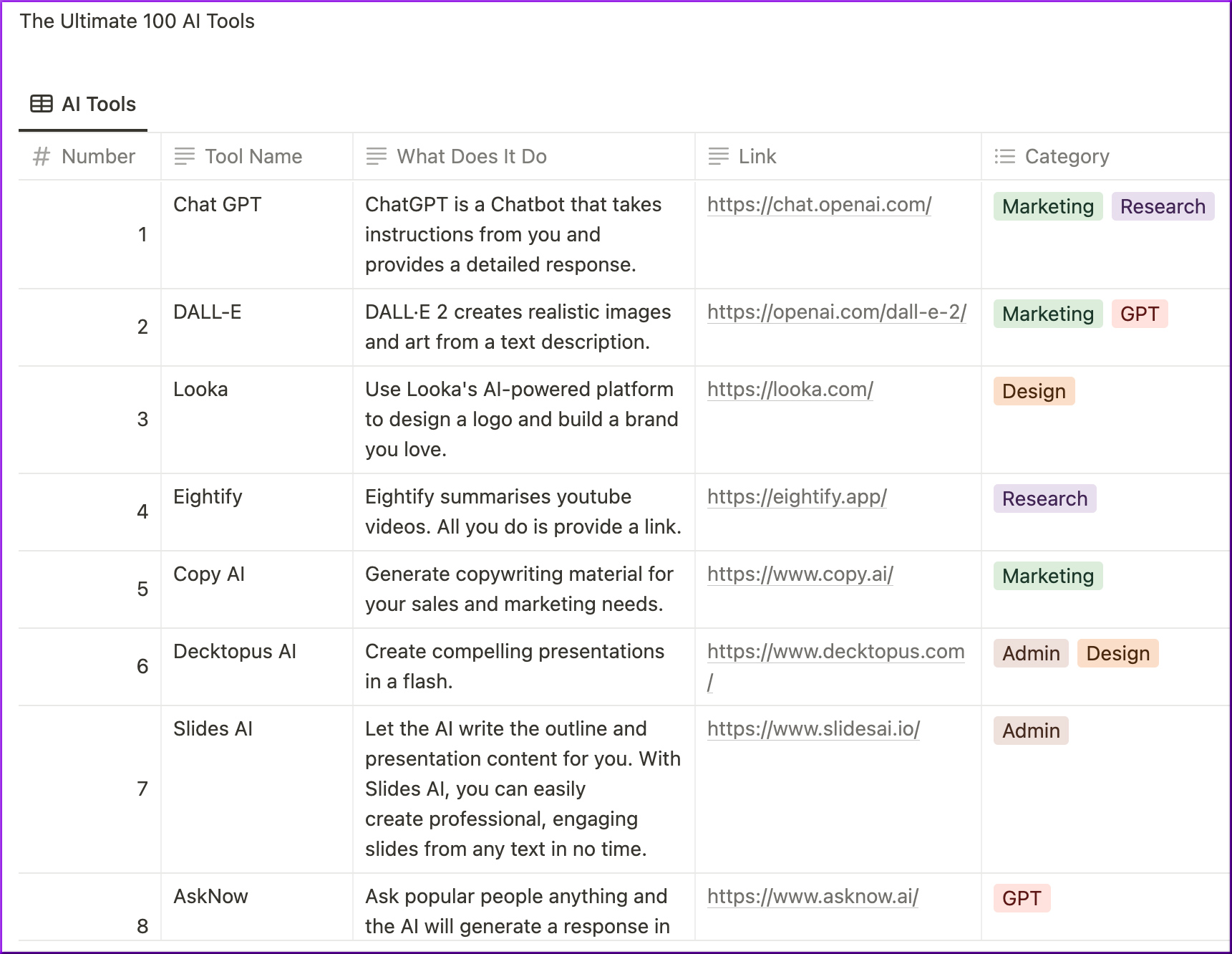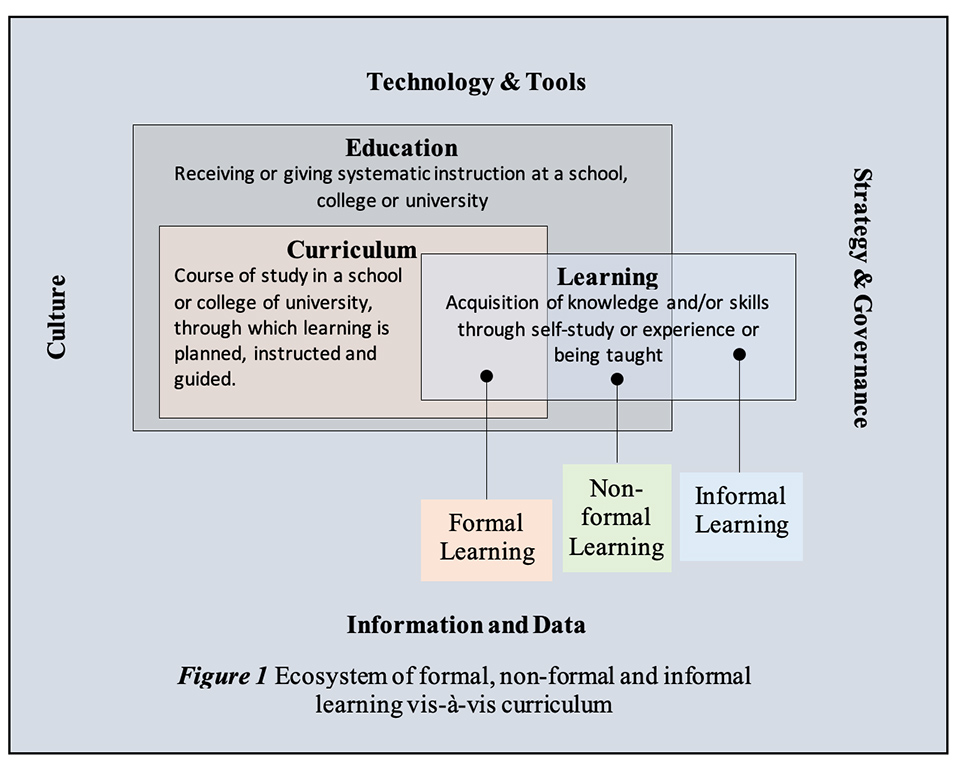Augmented Reality: Your Next Step Into Immersive Learning — from learningguild.com by Bill Brandon
Excerpt — per Debbie Richard:
Some great examples of using augmented reality in immersive learning are:
Performance support: providing just in time text, video and/or conference calls where the information is overlayed over the physical world.
Language support: an AR app such as Google Translate can overlay translated text over the real text.
Visualizations: Overlaying virtual objects over physical ones such showing the inner working of a machine without opening it up.
Top 10 Tips for Creating a Successful Onboarding Experience — from learningguild.com by Tara Roberson-Moore
Here are 10 things you can do to make your onboarding program a learner experience that will provide the anchor newbies need to stick around.
Excerpt:
In many instances, onboarding is expected to be handled by human resources. There is absolutely nothing wrong with that but unless they are also training experts, a lot of companies could be missing an opportunity to create something special. Letting training and development experts augment HR can result in an onboarding program that provides the experience new employees need to get comfy.
Here are 10 things you can do to make your onboarding program a learner experience that will provide the anchor newbies need to stick around.
How to Manage a Poor Listener & Improve Listening Skills — from learningguild.com by Adam Hockman
Excerpt:
Your L&D team can collaborate in creating a conversational template—a script to guide behavior. An employee might be aware of their problematic listening and welcome this type of scaffold, and even help create it. Once the template is set, the employee can use it to lead an internal meeting, a setting where structure matters. The template can be useful in helping other team members or employees in the organization improve their listening and communication skills as well.
Let’s break the initial template meeting into sections and create language that will help the employee practice new skills.















